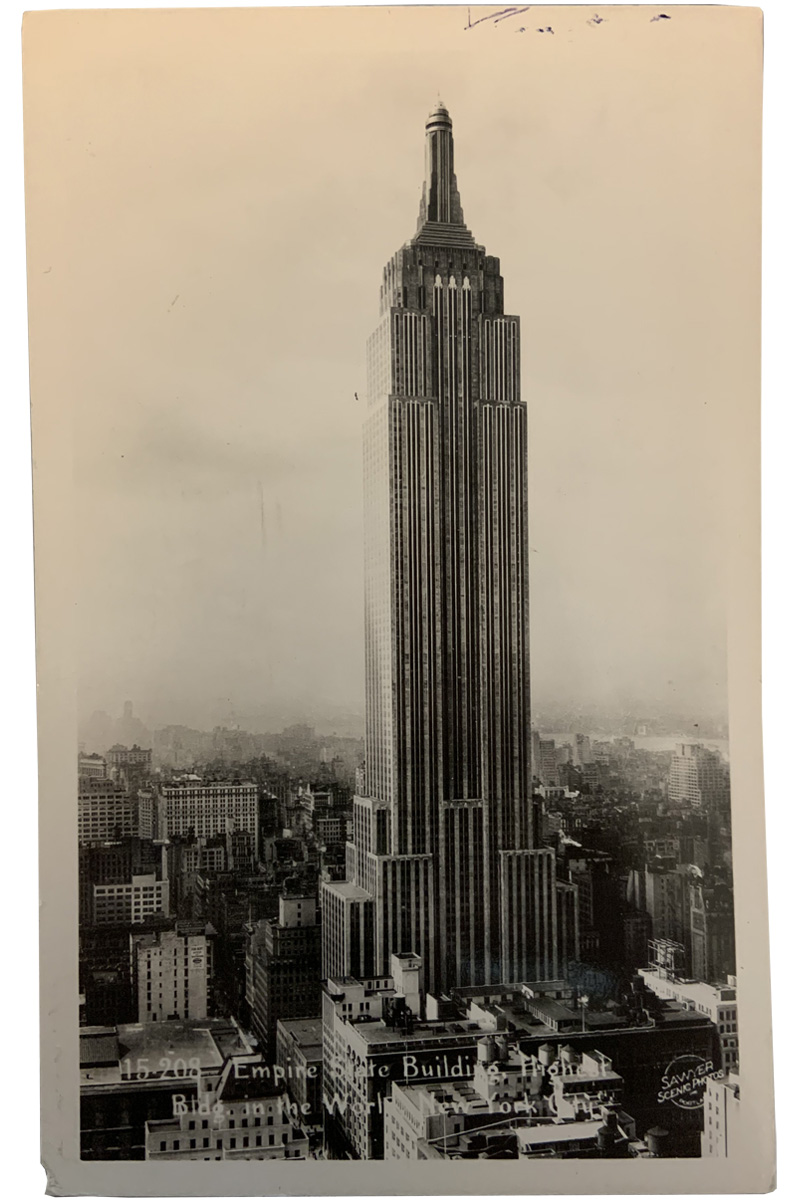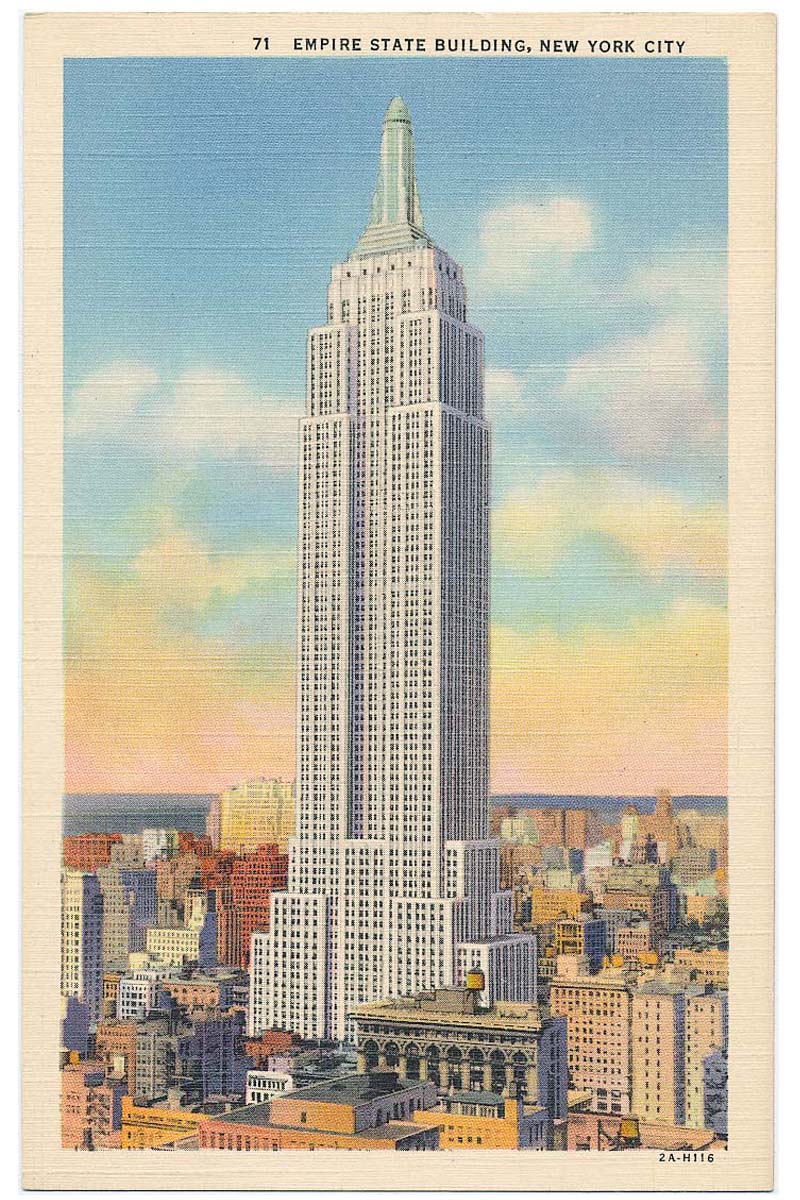Empire State Building In Meters: A Comprehensive Guide To New York's Iconic Skyscraper
Standing tall as a symbol of innovation and architectural brilliance, the Empire State Building in meters represents the pinnacle of human achievement in construction and design. This skyscraper, located in the heart of Manhattan, has captured the imagination of millions worldwide. Measuring at an impressive height, it continues to be one of the most visited landmarks in New York City. Let’s delve deeper into the history, dimensions, and significance of this iconic structure.
Completed in 1931, the Empire State Building remains a testament to the vision and determination of its creators. At a time when skyscrapers were becoming a symbol of progress, this building set new standards for height and elegance. Its construction was not only a marvel of engineering but also an inspiration for future generations.
In this article, we will explore the height of the Empire State Building in meters, its architectural design, historical significance, and its role in modern culture. Whether you're a history enthusiast, a traveler, or simply curious about iconic landmarks, this guide will provide all the information you need to appreciate this architectural masterpiece.
Read also:Amber Heard And Jason Momoa Together Exploring Their Friendship And Collaboration
Table of Contents
- Height of Empire State Building in Meters
- A Brief History of the Empire State Building
- Architectural Design and Features
- Construction Process
- Comparison with Other Skyscrapers
- Visiting the Empire State Building
- Fascinating Facts
- Cultural Significance
- Environmental Impact and Sustainability
- Future Developments and Renovations
Height of Empire State Building in Meters
One of the most frequently asked questions about the Empire State Building is its height. The building stands at an impressive 443.2 meters (1,454 feet) including its antenna. Without the antenna, the structure itself measures 381 meters (1,250 feet). This height makes it one of the tallest buildings in the world and a dominant feature of the New York City skyline.
Importance of Height in Architecture
The height of the Empire State Building in meters is not just a measurement; it represents a significant achievement in architectural engineering. During its construction, reaching such heights was a challenge due to technological limitations. However, innovative techniques and materials allowed engineers to push the boundaries of what was possible.
Today, the building serves as a benchmark for skyscraper design and construction. Its height continues to inspire architects and engineers worldwide, proving that human ingenuity knows no bounds.
A Brief History of the Empire State Building
The history of the Empire State Building dates back to the early 20th century when New York City was experiencing rapid growth. The building was commissioned by John J. Raskob and designed by Shreve, Lamb & Harmon Associates. Construction began in 1930 and was completed in just 410 days, an incredible feat for its time.
Key Historical Milestones
- 1930: Construction begins.
- 1931: Officially opened by President Herbert Hoover.
- 1950s: Antenna added to accommodate television broadcasting.
- 2000s: Renovations and modernizations to improve energy efficiency.
Throughout its history, the Empire State Building has played a crucial role in shaping the architectural landscape of New York City and beyond.
Architectural Design and Features
The Empire State Building is renowned for its Art Deco design, a style that reflects the optimism and prosperity of the 1920s and 1930s. The building's distinctive spire and setbacks give it a unique silhouette that has become synonymous with New York City.
Read also:Unveiling The Goop Scoop Meaning A Comprehensive Guide
Notable Design Elements
- Materials: Limestone, granite, and aluminum were used extensively in construction.
- Interior: The lobby features intricate murals and ornate details, showcasing the Art Deco aesthetic.
- Lighting: The building is illuminated with colorful lights during holidays and special events, making it a vibrant part of the skyline.
These design elements contribute to the building's timeless appeal and enduring popularity.
Construction Process
The construction of the Empire State Building was a monumental task that required thousands of workers and cutting-edge technology for its time. The building's rapid construction was achieved through meticulous planning and efficient workflows.
Key Construction Facts
- Timeframe: Completed in just over a year.
- Workforce: Employed over 3,400 workers.
- Innovations: Used new techniques such as prefabricated steel components to speed up construction.
The construction process was a testament to human ingenuity and determination, setting a new standard for skyscraper construction.
Comparison with Other Skyscrapers
While the Empire State Building was once the tallest building in the world, it now ranks among other towering structures globally. However, its historical and cultural significance ensures it remains a top contender in the world of architecture.
Height Comparison
Here’s a comparison of the Empire State Building's height with some of the tallest buildings in the world:
- Burj Khalifa: 828 meters (2,717 feet)
- Shanghai Tower: 632 meters (2,073 feet)
- Empire State Building: 443.2 meters (1,454 feet)
Despite being shorter than newer skyscrapers, the Empire State Building's iconic status ensures it remains a beloved landmark.
Visiting the Empire State Building
Visiting the Empire State Building is a must for anyone traveling to New York City. The observation decks on the 86th and 102nd floors offer breathtaking views of the city and beyond. Whether you're a local or a tourist, the experience is unforgettable.
Tips for Visitors
- Book Tickets in Advance: Avoid long lines by purchasing tickets online.
- Best Time to Visit: Early morning or late evening for fewer crowds and better lighting.
- Photography: Bring a camera or smartphone to capture the stunning views.
With its convenient location and world-class amenities, the Empire State Building is a destination that caters to all types of visitors.
Fascinating Facts
There are numerous fascinating facts about the Empire State Building that make it even more intriguing. From its construction to its cultural impact, here are some highlights:
- It was the tallest building in the world for nearly 40 years.
- The building has over 6,500 windows.
- It is featured in over 90 films, including "King Kong" and "Sleepless in Seattle."
These facts underscore the building's importance in both history and popular culture.
Cultural Significance
The Empire State Building has become more than just a building; it is a cultural icon. Its presence in movies, literature, and art has cemented its place in the global consciousness. It symbolizes American ambition and resilience, making it a beloved landmark worldwide.
Impact on Popular Culture
From its debut in "King Kong" in 1933 to its more recent appearances in modern films, the Empire State Building continues to inspire artists and filmmakers. Its iconic silhouette is instantly recognizable, making it a symbol of New York City and beyond.
Environmental Impact and Sustainability
In recent years, the Empire State Building has undergone significant renovations to improve its environmental impact. These efforts have focused on reducing energy consumption and improving sustainability.
Sustainability Initiatives
- Energy Efficiency: Upgrades to lighting and HVAC systems have reduced energy use by 38%.
- Green Materials: Use of eco-friendly materials in renovations.
- Waste Reduction: Programs to minimize waste and promote recycling.
These initiatives demonstrate the building's commitment to sustainability and environmental responsibility.
Future Developments and Renovations
The Empire State Building continues to evolve with ongoing renovations and modernizations. These efforts aim to enhance the visitor experience while maintaining the building's historical integrity.
Upcoming Projects
- Modern Elevators: Installation of faster and more efficient elevators.
- Enhanced Lighting: Upgrades to LED lighting systems for better energy efficiency.
- New Exhibits: Interactive exhibits to educate visitors about the building's history and significance.
These developments ensure that the Empire State Building remains a relevant and exciting destination for years to come.
Conclusion
The Empire State Building in meters is not just a measurement; it represents a legacy of innovation, design, and cultural significance. From its towering height to its rich history, this iconic structure continues to captivate audiences worldwide. Whether you're exploring its architectural features, learning about its history, or enjoying the breathtaking views from its observation decks, the Empire State Building offers something for everyone.
We invite you to share your thoughts and experiences in the comments below. Have you visited the Empire State Building? What was your favorite part? Don't forget to explore other articles on our website for more fascinating insights into iconic landmarks and destinations.
References:


